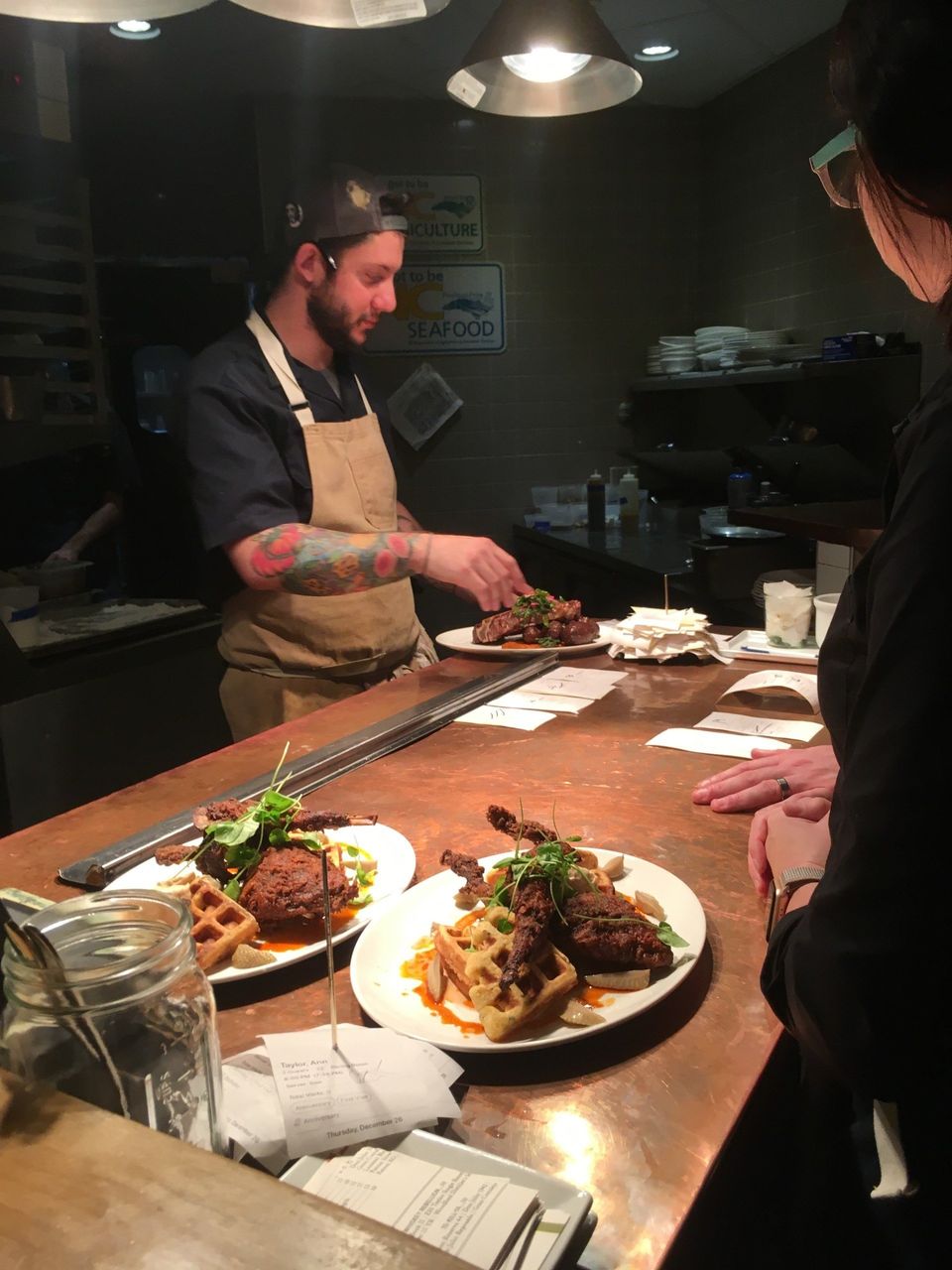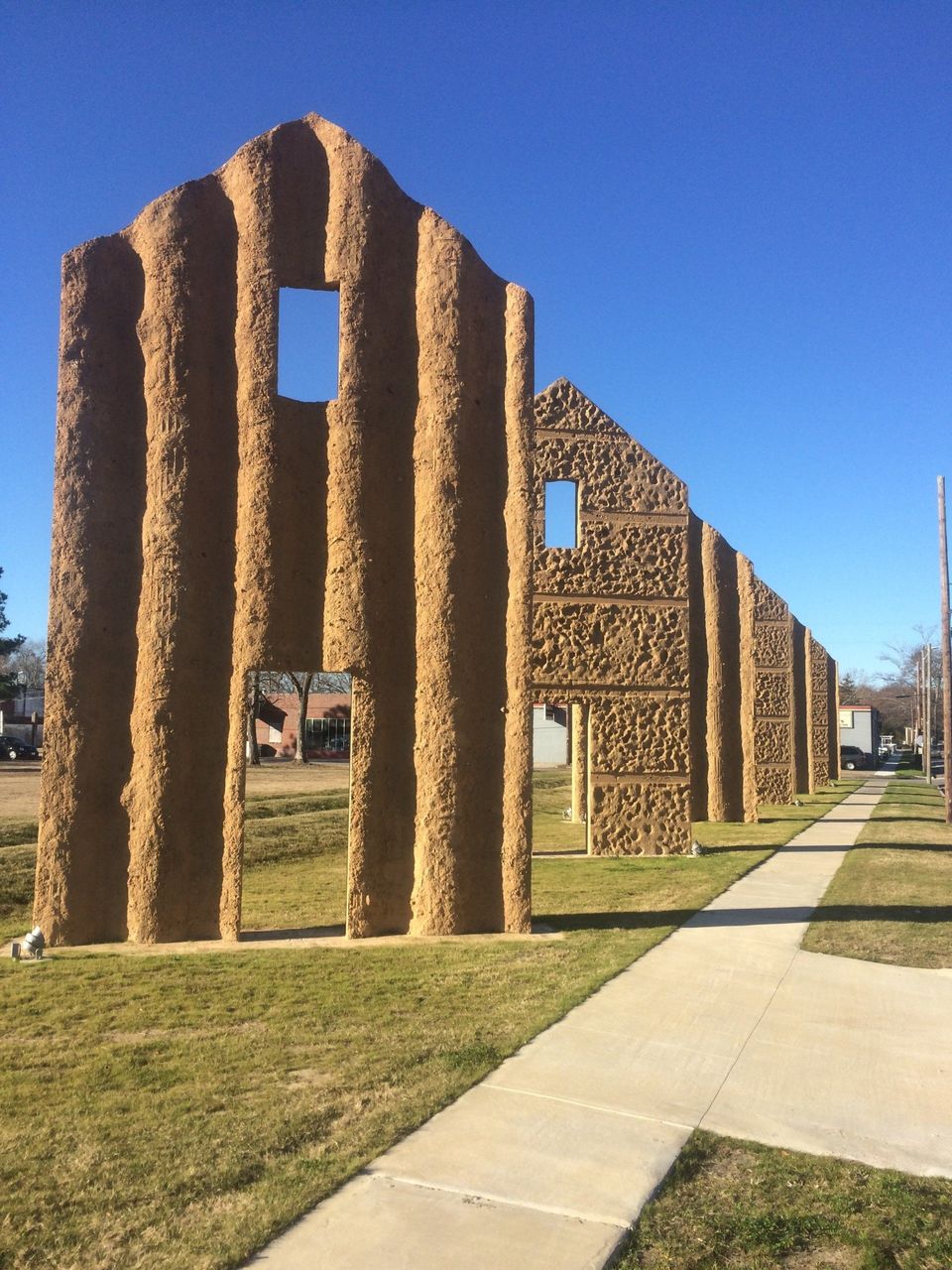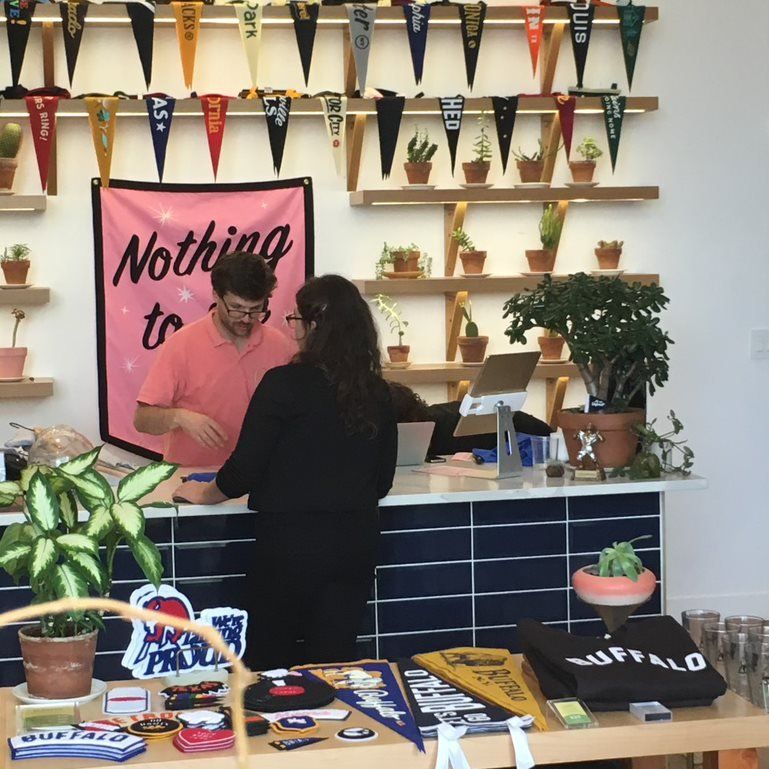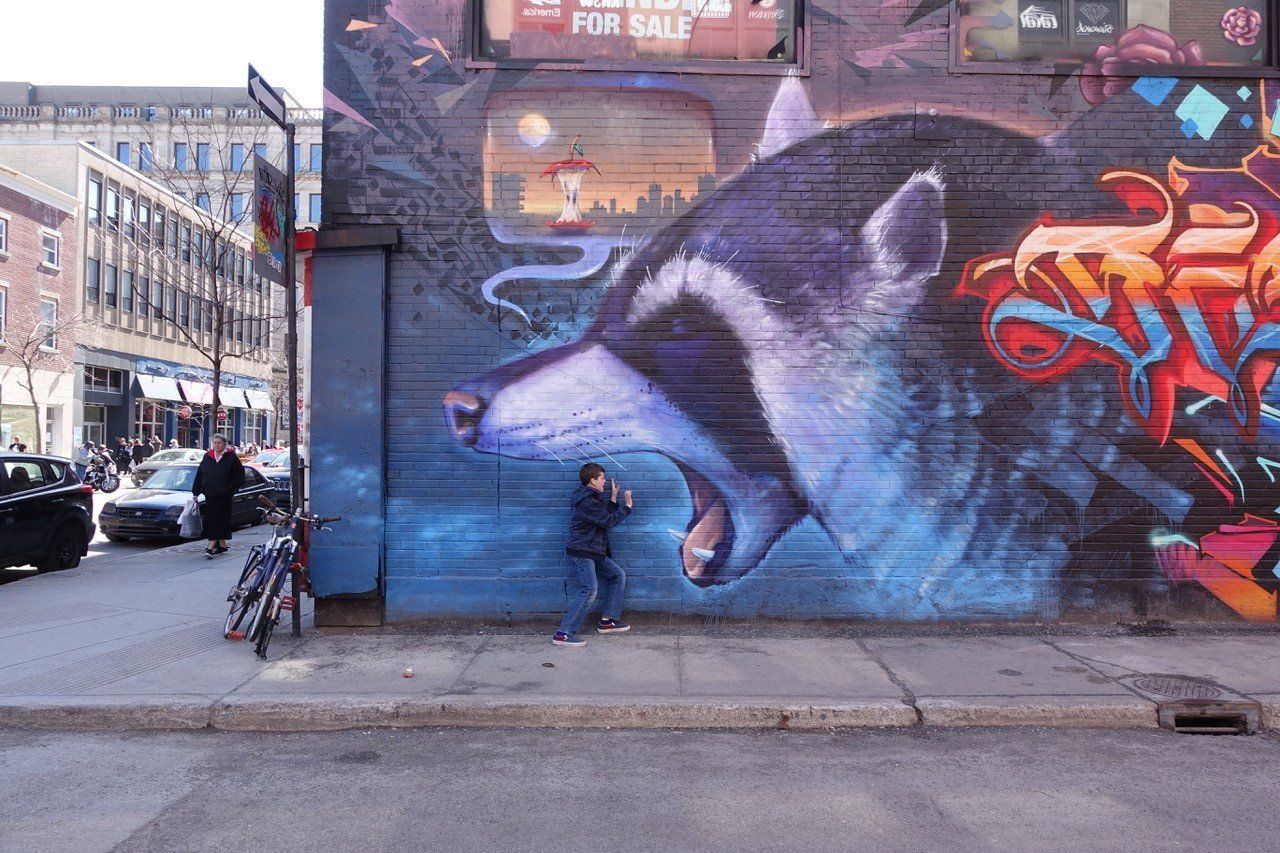Small Cities Edition Vol. 1: Kinston, NC
Tom Hardy • May 11, 2020
Leveraging the power of place, people and planning
I experienced Kinston, NC
(population 20,083) the way that many people have for decades—just a city that you drove through on your way to somewhere else. Located along the Neuse River in North Carolina’s coastal plains region Kinston is a waypoint between the Raleigh metropolitan area and the Carolina coast. For years its downtown buildings sat largely deserted, it’s infrastructure dilapidated and nothing much to do except maybe take in a minor league baseball game – until the team left in 2011.
That was Kinston then. Now people drive the eighty miles from Raleigh just to eat dinner in one of Kinston’s acclaimed restaurants and stay overnight. Storefronts N. Herritage Street house an eclectic mix of food-based businesses. Locally owned small businesses have increased employment opportunities for residents. These developments haven’t eliminated poverty in Kinston, and there are still issues of access and equity, but the City’s rebirth has been driven by long-time residents and residents that have boomeranged back from other cities to pursue their entrepreneurial dreams.
How do small cities that have suffered from economic shifts and population loss reinvent themselves? Three factors play a leading role – place, people, and planning.
Place
William Faulkner wrote “The past is never dead, it isn’t even past”. And indeed, a city’s history often contains inspirational seeds for its rebirth. Kinston was an agricultural trading post for decades during the 20th century, it’s warehouse buildings home to tobacco and cotton trading. My grandfather captured a tobacco auction in the photo below.
Tobacco auction near Kinston. Photo by Gerald Hardy circa 1960.
People
Every small city could benefit from a superstar chef and a risk-taking entrepreneur, and Kinston has those, but the importance of people to a place’s revitalization goes much deeper than that. A city's culture is reflected in small and unremarkable interactions. Is there a sense of shared commitment and destiny, or do folks orient themselves inward with little sense of connection beyond a common zip code? Places where community members successfully revitalize their communities have people, who regardless of formal leadership position, can push through barriers by sheer force of will.
Kinston has these people. Collectively they’ve revitalized their community in a way that is reflective of a core set of community values and a respect for history. A community’s values are reflected in all aspects of community life, and in Kinston’s case its basketball prowess is Exhibit A.
Sports Illustrated dubbed Kinston the NBA Capital of the world based on the number of players to graduate from Kinston High School and go on to play professional ball. A selection of these include Cedric Maxwell, Brandon Ingram, Reggie Bullock and one that I played against in high school – Jerry Stackhouse. Since the early 1970’s about 1 out of every 53 Kinston High School basketball players have reached the league which compares to less than 1 out of every 3,333 nationwide. Kinston’s community culture of valuing basketball as a pathway to opportunity is a big reason why it’s graduates go on to the NBA at a rate that is sixty times greater than the national average.
Entrepreneurs willing to invest in the early stages of a city’s revitalization are often people with a connection to place. Vivian Howard was working as a chef in a New York City restaurant and decided to return home to the Kinston area where generations of her family had farmed. Vivian opened the Chef & The Farmer
in downtown Kinston against the odds and preserved to reach national recognition with HBO series, cookbook, and other related ventures. Vivian’s work helped create some momentum and inspired others that came along behind her with other restaurants, food-based business, boutique hotels, and retail storefronts.
Orders being prepared at Chef & The Farmer
Good urban planning improves the way that people experience place. The people that I’ve heard describe this concept best are not urban planners by training, but rather folks who understand intuitively what they like and dislike about urban environments. For example, downtowns where it is difficult to cross the street and crossings are poorly marked are places that pedestrians don’t feel comfortable. When the streetscape (street trees, curbs, sidewalks) are not maintained private building owners have less incentive to maintain their properties.
These are very simple and readily apparent concepts, yet in far too many small cities they are not prioritized. Kinston provides a good example of how good planning can improve the streetscape and create a more viable downtown business district. E. Queen St., Kinston’s downtown main street, is a highway where two lanes of traffic traveled in either direction. This created a downtown that was not only difficult for pedestrians to navigate, but also for vehicles to stop and park.
Kinston undertook a major effort to slow traffic through its downtown, improve the streetscape, and create a better environment for pedestrians. This work included:
• Reducing vehicular traffic from two lanes to one lane in each direction
• Allowing for angled parking
• Creating planted areas that reduce stormwater run-off
• Marking crossings
• Adding bump outs to make street crossings easier
The before and after pictures are striking:
Before: Two lanes of traffic in each direction, parallel parking, and poorly marked crossings make downtown difficult to navigate.
After: One lane of traffic each direction, well marked crosswalks landscaped bump outs, storm water management, street trees and angled parking create a much better environment for vehicles and pedestrians.
In addition to improving the streetscape, Kinston is incorporating public art and storytelling into the downtown area. The StoryWalk, which is along the Neuse River which promotes physical activity and reading for children. Along the ¼ mile walk, children read a story using QR codes on signage posted along the walk. The stories change periodically and connect the local community to local businesses and resources.
Dusk at StoryWalk in Kinston
Sculptures stand on the site of a former tobacco warehouse
Small cities are laboratories for planning and civic engagement. The have the competitive advantage of being able to leverage small initiatives into noticeable change. Kinston provides an example of successfully integrating the power of place, people and planning. Other small cities can adapt this model and work from their own collection of assets.
